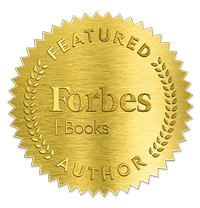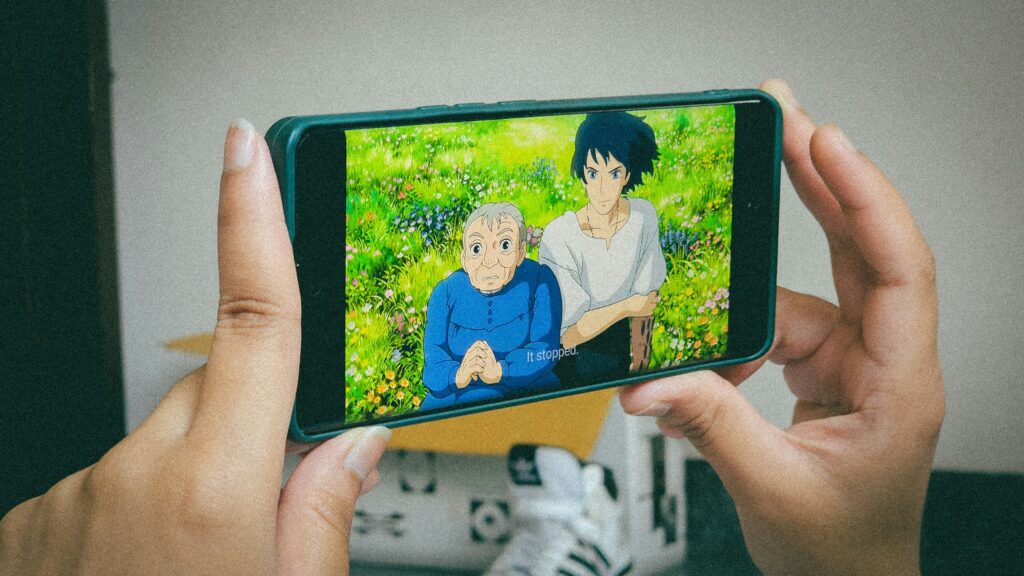When I go to the movies with the family, I expect to come home having witnessed something entertaining. Not every film is going to win an Oscar, but popcorn flicks keep me riveted to my seat, and that’s good enough for me. The people who make these films are artists and I appreciate what they create. It’s inspiring.
But thanks to AI, anyone can be an artist. Is that fair? And how do you handle this as a business owner? Let’s talk about it.
The Studio Ghibli Thing
If you’ve never heard of Studio Ghibli before, chances are you’ve seen their work. Castle in the Sky, My Neighbor Totoro, and Spirited Away are just a few of their films, and they have an instantly recognizable art style. It’s very distinct, and yet has helped set the tone for anime at large for the past few decades.
Hayao Miyazaki is one of the founders of Studio Ghibli, and arguably the biggest name in anime. He’s written, directed, and/or produced many of their films, and still plays a huge role in their current works. The thing about Miyazaki is that not only is he influential, he’s also outspoken. This is his art and he’s passionate about it. You’ve gotta love that.
A few years back, he was shown a video about how AI could assist in animation and boy did he have thoughts. “If you really want to make creepy stuff, you can go ahead and do it, but I would never wish to incorporate this technology into my work at all,” he said. “I strongly feel that this is an insult to life itself.”
So when a bunch of people started using ChatGPT, specifically its image tool Sora, to turn their photographs into Studio Ghibli-style art, well that was kind of a slap in his face.
A Not New Problem
As soon as artists learned their Deviant Art pages and Instagram feeds were being used to train AI, they got mad—and understandably so. After all, this is their livelihood; if someone can use Midjourney or Sora to make their own “art,” then why would they pay an actual artist to do it for them? Taken another step, what motivation does a company have to bring artists on staff if they can just create something “good enough” with AI?
What’s even crazier is how emboldened these AI companies have become to just do what they want to do. Midjourney is being sued by Disney and Universal right now because users could type in things like “Star Wars Darth Vader” and get back incredible output. That’s a clear violation of copyright law, and yet those AI companies had to get their data somehow, right? Why not just go to the places that have almost a century of animated frames at their disposal?
The Courts Hold the Future
These companies decided to go with the old, “It’s better to ask for forgiveness than permission” mantra, and it may bite them in the rear. They’re going to have to either work out an agreement with these copyright holders to gain access to their materials, or pay out a bunch of money. Either way, copyright law is going to play a role here, and that’s a very complex piece of legislation to deal with.
But while Disney and Studio Ghibli may have the money to fight these battles, individual artists don’t. They have no recourse when Big AI takes their stuff, and more or less just have to deal with it. Does that sound fair to you?
Working With AI, Not Against It
Understand that I’m not anti-AI. Clearly I’m a big proponent, and I think there’s a lot of potential for the good we can do with the tools we have today, much less the ones we have in the future.
But if you’re a business owner, how do you manage all these issues? Sure, you can use these tools to create artwork for your company, but should you rely on it as a tool? What if Disney wins and all of a sudden the quality of Midjourney drops because it no longer can use Disney properties as part of its tool? Then what do you do?
The solution is, like many things, moderation.
AI is a tool, just like an artist’s paintbrush. While you—literally, you the business owner—can pick up a paintbrush and make some art, the result isn’t going to be exactly what you expect. But if you give the tool to an artist, what’s created could be extraordinary.
Keep your graphic designers, visual designers, UX designers, and anyone else who works in the artistic medium on staff, and let them use all the tools at their disposal. The resulting product could use aspects of AI, or maybe not. But, just like their paintbrush, they have access to the tool whenever necessary. Let them choose what’s right for the project. This way the tool isn’t a crutch, it’s an added benefit.
Do it that way and I promise you’ll reap the rewards.




